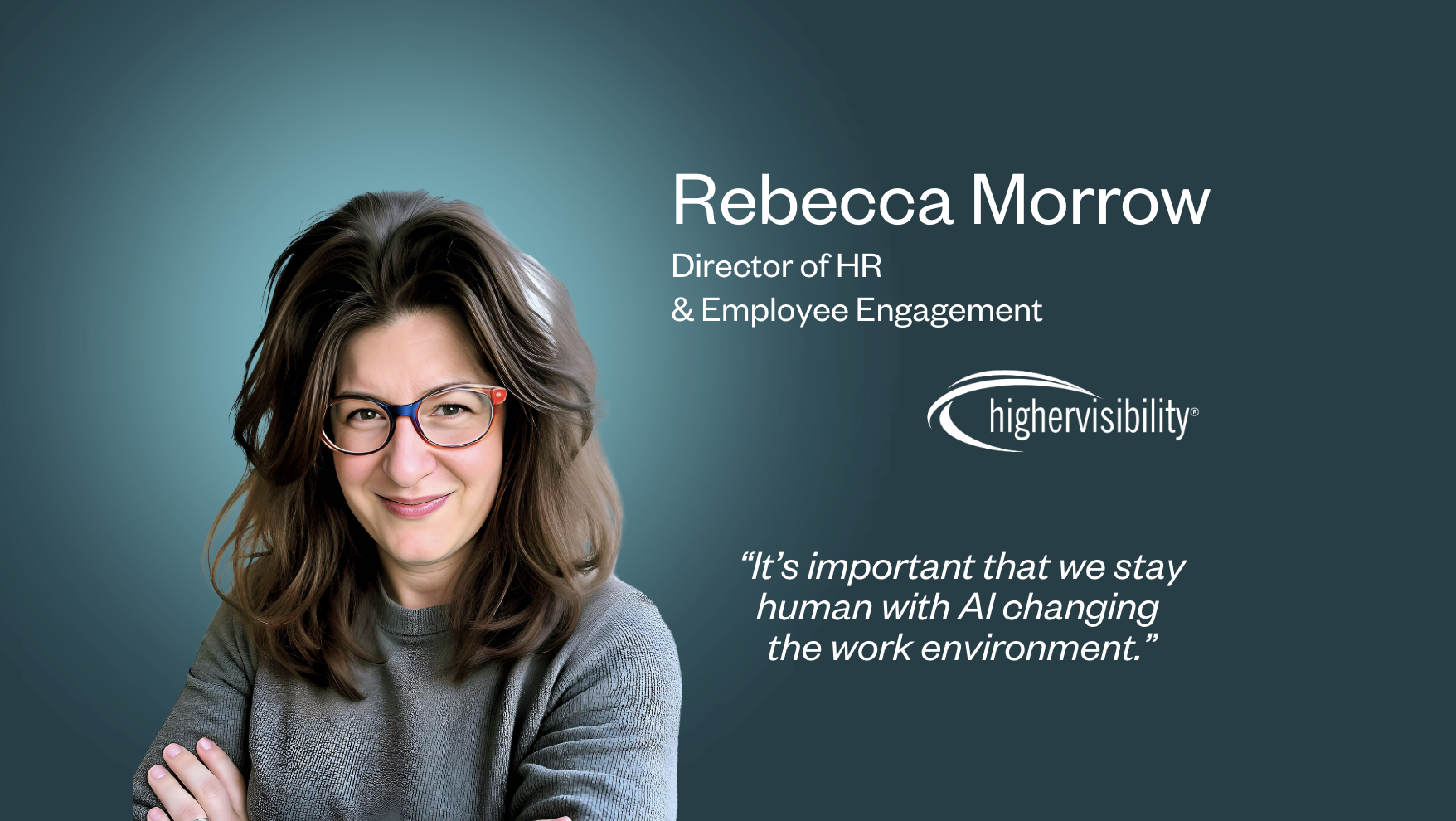Last year the term “The Great Resignation” was coined to refer to the mass quitting that companies experienced.
A lot has been discussed since then about the reasons behind the record high quit rates and what companies can do to resolve this.
A year later, we find ourselves in the same place with employee dissatisfaction remaining at high levels. According to a Harris Poll survey, 1 in 5 people who changed jobs during the Great Resignation now feel regret. A Lattice study found that over 60% of employees who joined their company in the last 3-6 months in the US and UK are already looking to leave. How are your new joiners doing?
There is quite a bit of post-resignation regret.
Employees are discovering that the grass isn’t greener on the other side
Almost 75% of people who job-hopped their way to more flexible working conditions and a higher salary experienced ‘surprise or regret’ that their new position did not match their expectations.
This growing dissatisfaction is leading to things like “quiet quitting” and more recently, “quick quitting” – where people from different industries are leaving their jobs within the first year.
The discrepancy between expectations and reality is something that leaders need to address if the revolving door of new hires is to be stopped.
How can companies create better experiences that re-engage their employees and secure retention of key talent?
Nail onboarding
Improving talent retention starts with onboarding, especially in the era of hybrid or remote work. A Gallup report suggests that employees who have a positive onboarding experience are 2.6x more likely to feel supported and satisfied in their new role.
Conversely, neglecting the onboarding process can leave new hires with lower confidence and declining levels of engagement, making them more likely to abandon ship when a shiny, new, more exciting opportunity comes along.
Managers are central to the employee experience. Including them in the onboarding process makes employees 3.4x more likely to feel that their onboarding was a success.
Managers can help new hires align with company objectives early on, set expectations and provide them with personalized support that sets new hires up for success from day 1.
Set expectations
Mismatched expectations contribute to employee dissatisfaction. A simple way to avoid this is by setting clear expectations with employees from the outset – starting at the recruitment phase.
Be honest about the nature of the work, level of commitment needed, what flexible work arrangements the company has and what their progression in the company might look like.
By doing so, you can help to ensure that employees know what they’re getting into and can make an informed decision about whether or not the role is right for them.
Have regular career progression conversations
According to the recent Mckinsey report, at the heart of the Great Resignation was the employee perception that their current role lacked career development and advancement opportunities.
One way team leaders can support their people’s need for growth is by having development reviews in addition to performance reviews. The purpose of these reviews is to focus on employee progression and development.
This gives team leaders and employees the opportunity to communicate clearly and set realistic expectations regarding their professional development and career goals – whether that is access to coaching or mentorship, working on high visibility projects or gaining more responsibilities outside their current role.
Swap exit interviews for stay interviews
Exit interviews have been the standard approach to understand why employees leave. The issue with this approach is that it is reactive rather than proactive when it comes to driving employee retention.
Stay interviews are an important tool that companies can use to proactively prevent employee turnover. You can conduct stay interviews once or twice a year and make it a consistent practice to get the most out of them.
Ask questions like “What motivates you about working with us?”, “What are we not doing as a company that you feel we should do?”. This can help identify and address problems before they lead to employees leaving the company.
The Great Resignation has left a lasting impact on the workforce. Gone are the days where companies can get away with toxic and exploitative environments that erode mental health and fuel burnout. The current situation demands that leaders adjust their approach in a way that makes proactive attempts to understand team members’ expectations and accommodate their need for fulfillment.











